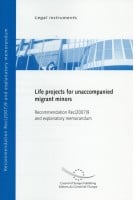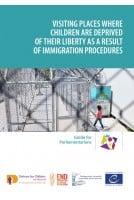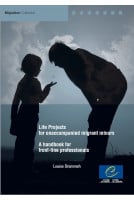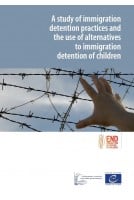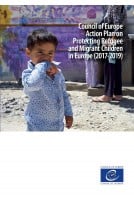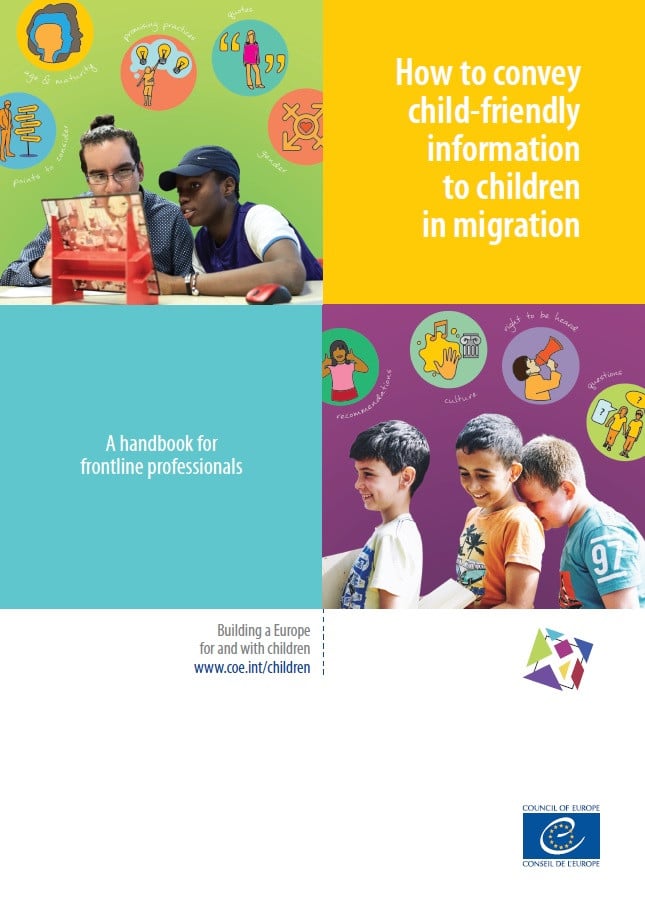Acknowledgments About the authors Foreword Introduction 1 Transversal concepts
What does child-friendly information mean?
When do children need child-friendly information?
How can you communicate in a child-friendly way?
Relationship of trust
Pay attention to non-verbal communication
Tools for child-friendly information
Adapting information to address the child’s vulnerabilities
Child-friendly procedures
2 Arrival at the borders, external and internal
Who should give information upon arrival?
What information do children need to receive upon arrival?
How can information be communicated in a child-friendly way in an arrival setting?
Specific vulnerabilities
3 Age assessment and identification
Who should give information?
What information does the child need about age assessment?
• The reasons why authorities undertake age assessment
• Information about the child’s status during the age assessment procedure
• Information about the procedure itself
• Informed consent and the right to be heard
• Specific information needs
When does the child need to receive information?
How can you effectively inform children about age assessment?
Pay attention to the information needs of children with specific vulnerabilities
4 Child protection: provision and care
Who should give information about child protection, care and reception?
What information do you need to give the child?
• Accommodation
• Health care
• Education, vocational training, apprenticeships, work
• Leisure, culture, sport, volunteering
Specific vulnerabilities
5 Access to guardianship and legal advice
Who should give information?
What information do children need?
• Access to a guardian or lawyer
• Roles and responsibilities of guardians and lawyers
• Participation in the decision-making process
• Planning for the future
Specific vulnerabilities
6 Immigration and asylum procedures and durable solutions
Who should provide information about immigration and asylum procedures and durable solutions to children in migration?
What information should be provided?
Information on asylum and immigration
• Specific information about procedures applied in the host state
• Legal issues
• Practical issues
• Points of transition
• Children detained on the basis of immigration status
• Durable solutions
• Returns
4 Conclusions Annex 1 Factsheets
Factsheets for emergency response and arrival situations
• Remember that your priorities are not the same as the child’s
• Information you will need from the child
Factsheet for child-friendly information and the child-protection system
Factsheet for age assessment
Tool for guardians to communicate with children
Communication tips about durable solutions
Additional information considerations in detention
Annex 2 Table of Key Standards Annex 3 References



